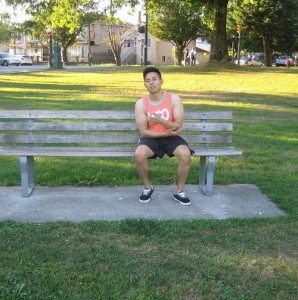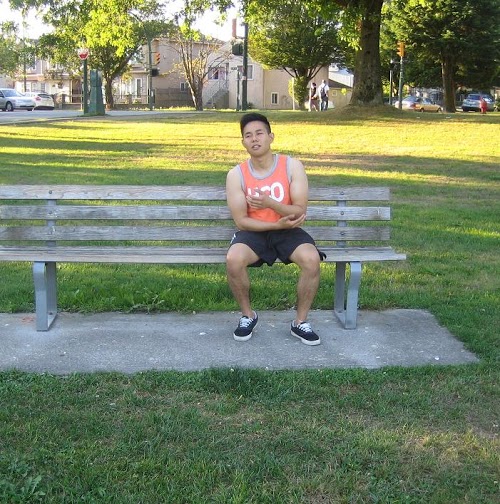An avulsion fracture occurs once a tendon or ligament attached to bone partly detaches and tugs a bone fragment with it. These fractures typically arise due to strong muscular contraction. Among children, avulsion fractures are common in areas of bone made of cartilage. These fractures are rarely complex and readily managed unless there is damage to the tendon and ligament.
Commonly used treatment measures for an avulsion fracture
Rest and application of ice
The simplest measure in managing an avulsion fracture is getting enough rest and application of ice. Since this type of fracture heal on their own, cold therapy, rest and avoiding activity must be observed until the injury heals.
Avulsion fractures might be detected on the X-ray even after the injury repairs itself with this conventional measure.
Immobilization
An avulsion fracture can be oftentimes treated with a cast to immobilize the area if the injury is more severe. The damaged area is placed under a cast for a span of 4-6 weeks along with the application of ice.

The ice pack must be applied for 20-30 minutes every 3-4 hours in case of pain or swelling. An X-ray will indicate the success of immobilization in promoting the healing process. If effective, physical therapy is started after immobilization to restore full functionality of the affected area.
Is surgery required?
In severe cases of avulsion fractures that involves tendon or ligament damage, surgery is often needed as well as cases in which fractures are present in unstable areas.
Surgical intervention might involve the placement of wires, pins, rods, screws or plates to secure the bones together. The ligament and tendon repair might involve sewing the ripped edges together, but severe cases might require grafts to fix the damage.
Remember that surgical procedures have accompanying health risks involved such as infection, bleeding, scar tissue formation and implant rejection.
Quick Note / Disclaimer
The material posted on this page on a avulsion fracture is for learning and educational purposes only. To learn to recognize and manage broken bones including an avulsion fracture, register for a first aid and CPR course with Toronto First Aid.

